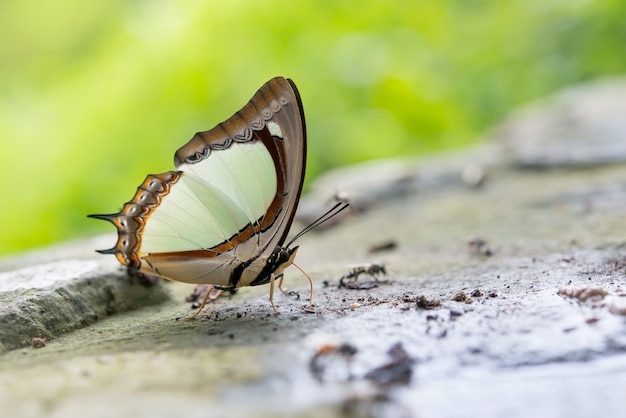

Luna moths are also known as Luna Luna.
Luna moths are native to North America.
Luna moths have a wingspan of up to 4.5 inches.
The vibrant green color of a Luna moth’s wings symbolizes renewal and rebirth.
Luna moths only live for about one week as adults.
Luna moths do not have functioning mouths and thus do not eat as adults.
Luna moths rely on stored energy from their larval stage to survive as adults.
Luna moths are nocturnal and are most active during the night.
Luna moths are attracted to bright lights and can often be found near porch lights.
Luna moths are often mistaken for butterflies due to their bright colors and graceful flight.
Luna moths are members of the Saturniidae family, which includes other large silk moths.
Luna moths are not harmful to humans or crops, as they do not feed during their adult stage.
Luna moths are not commonly found in urban areas and are more frequently seen in forests and woodlands.
Luna moths have a short lifespan to ensure their main goal of reproducing.
Luna moths lay their eggs on specific host plants, including birch, persimmon, sweet gum, and hickory.
Luna moth caterpillars are bright green and have spiky projections called tubercles along their bodies.
Luna moth caterpillars feed on leaves and are most active at night.
Luna moth caterpillars have five larval stages called instars.
Luna moth pupae are enclosed in a silken cocoon and attach themselves to tree branches.
Luna moth pupae undergo metamorphosis inside the cocoon, transforming into the adult moth.
The lifespan of a Luna moth from egg to adult is approximately 1.5 to 2 months.
Luna moth cocoons are brown and resemble dead leaves, providing camouflage and protection.
Luna moths are attracted to each other by pheromones released by the female.
Luna moth females release a strong pheromone scent to attract males from a distance.
Mating occurs shortly after a Luna moth emerges from its cocoon.
After mating, female Luna moths lay eggs individually on the undersides of leaves.
Once laid, Luna moth eggs take about 10-12 days to hatch.
Luna moth populations are threatened by habitat loss and light pollution.
Luna moths play an important role in pollination, especially during their larval stage when they feed on leaves.
Luna moths are preyed upon by birds, bats, and other nocturnal predators.
Luna moth larvae use their tubercles to deter predators by poking and irritating them.
Luna moth wings are delicate and covered in scales, similar to those of butterflies.
The Luna moth’s scientific name is Actias luna.
Luna moths are considered a symbol of transformation and spiritual growth in some cultures.
Luna moth cocoons are made of a single long strand of silk, which is spun around the caterpillar’s body.
Luna moths are not commonly seen during their pupal stage, as they usually hide within the cocoon.
The large eyespots on the wings of Luna moths are believed to confuse and deter predators.
Luna moth wings are translucent, allowing light to pass through them.
Luna moths have a slow and graceful flight, which is reminiscent of a moonlit night.
Luna moths are attracted to the scent of blooming flowers, particularly those with a strong fragrance.
Luna moth populations fluctuate from year to year, depending on environmental conditions and food availability.
Luna moth caterpillars go through a growth spurt before each molt, shedding their old skin to accommodate their increasing size.
Luna moth caterpillars have tiny hooks on their prolegs, aiding them in grasping and climbing vegetation.
Luna moth caterpillars have an interesting defense mechanism against predators – they emit a foul-smelling odor when threatened.
Luna moths are often considered a symbol of beauty and natural wonder due to their striking appearance and fleeting lifespan.
Around the world, coffee enthusiasts enjoy Monin coffee concentrate since it is a multipurpose product. Conveniently combining…
The Importance of Choosing the Right Shower for Your Bathroom Renovating your bathroom can be…
Usain Bolt holds the record for the fastest 100-meter sprint in history.Bolt was named Sportsman…
Love is in the air... and it smells suspiciously like chocolate!Roses are red, violets are…
Life's a beach, take a picture and relax.Sun, sand, and salty kisses. That's what beach…
Hungary is home to the largest thermal water cave system in the world.The Rubik's Cube…